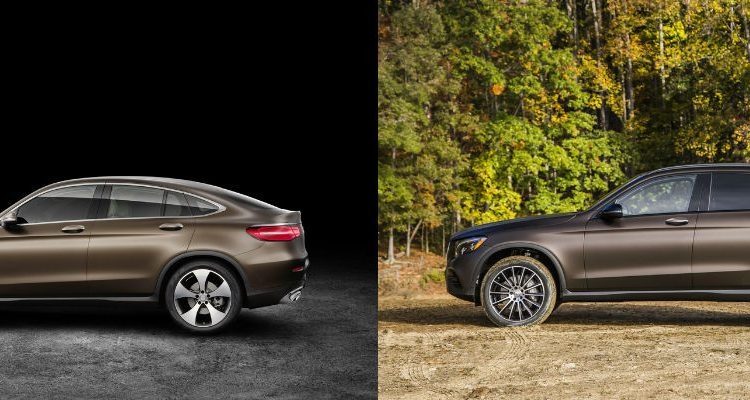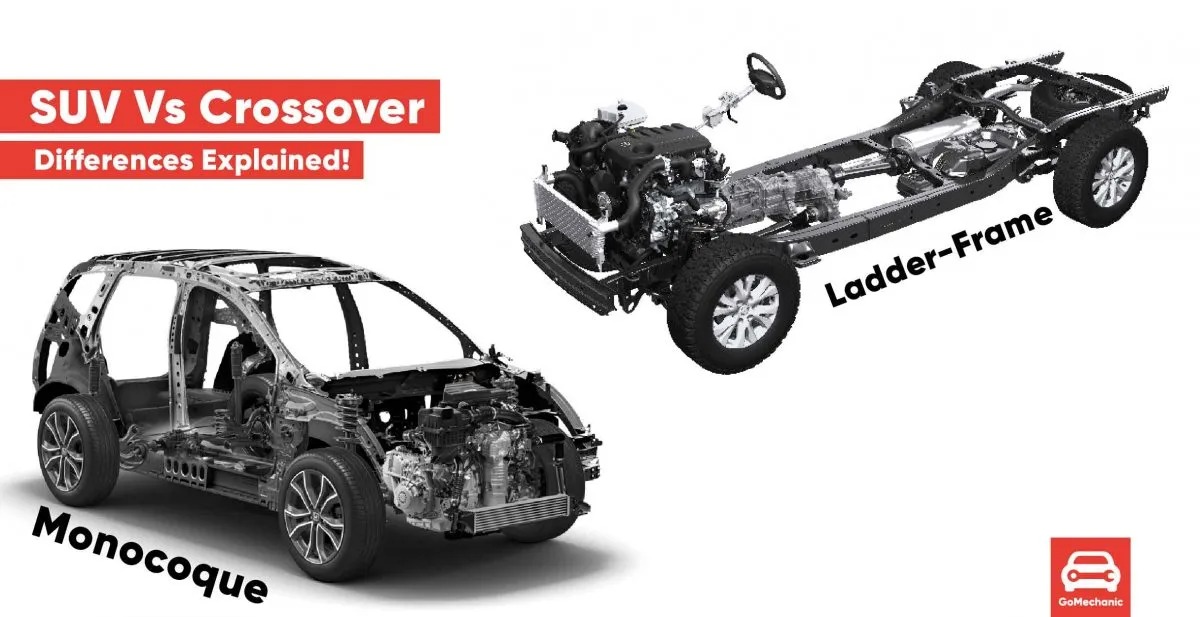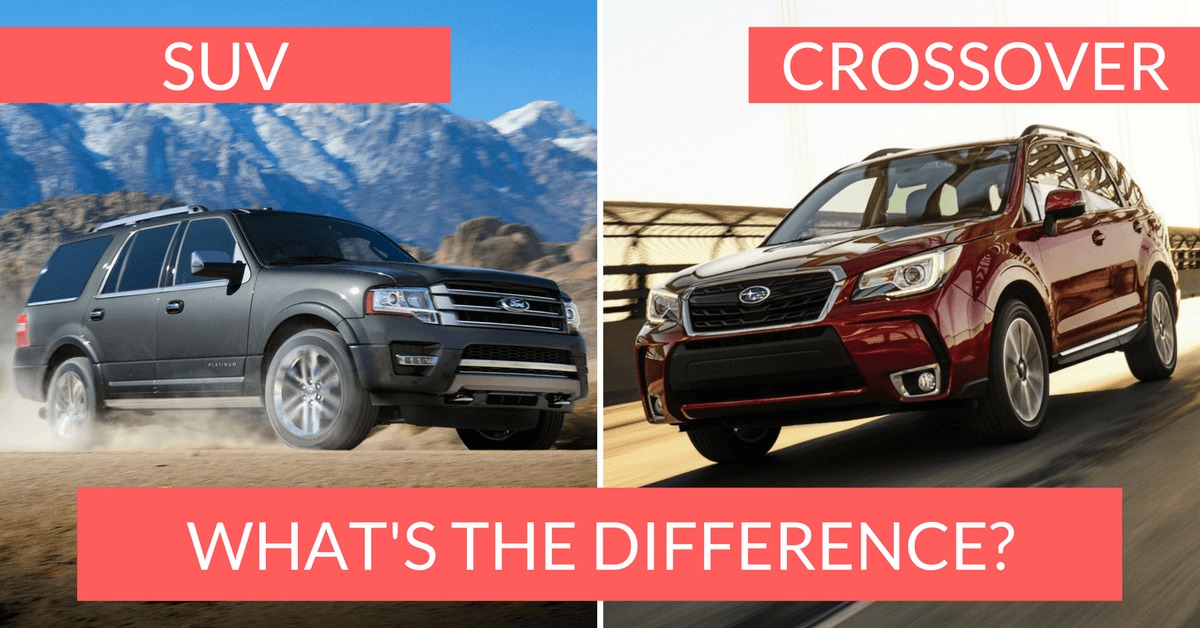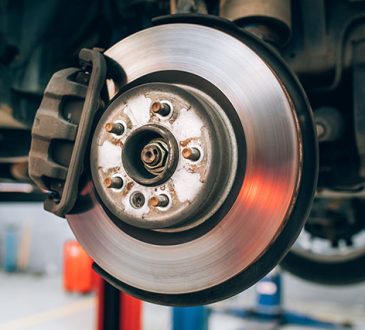
Learn the distinctions between a Crossover vs SUV. Learn the definitions of the terms and examples of each so you can choose the SUV or crossover that’s best for you. If you’re looking for a family vehicle, you’ve certainly heard the terms Crossover vs SUVs at some point. Why do we refer to some car types as crossovers and others as SUVs? Although there is some ambiguity in how we use these phrases, there are several key distinctions between the two. These key distinctions are outlined below, along with all the other information you need to know about the two.
What is an SUV?
SUV is an abbreviation for a sport utility vehicle. Crossovers have been around for less time than SUVs. The Willys Jeep Station Wagon debuted in the middle of the 1940s, whereas the Chevy Suburban has been around since the 1930s. However, it was the 1969 Chevy Blazer that started the current SUV craze.
In 2021, SUVs accounted for over 53% of the market, compared to 24% for cars and 19% for trucks, according to data from Cox Automotive. Vans made up the shortfall with a market share of roughly 5%. Autotrader’s parent business is Cox Automotive. Understanding SUVs’ body-on-frame construction is essential to understanding them. Early on, a rigid frame or chassis served as the basis for practically all vehicle construction.

A multi-passenger sport utility vehicle with a body mounted to a ladder frame is an SUV, to put it simply. The fact that these SUVs are always rear-wheel drive further defines an SUV (RWD). They employ 4-wheel drive (4WD or 4X4) rather than all-wheel drives (AWD) like the Ford Explorer or Kia Telluride when outfitted with a system to send power to all four wheels.
The suspension and wheels are fastened to the frame. The engine and the remaining drivetrain are supported by the frame. The steel bodywork is then fitted to the frame as a separate item. These days, pickup trucks and some tough SUVs are the main vehicles built using the body-on-frame method. Body-on-frame architecture is employed by SUVs like the Jeep Wrangler, Toyota 4Runner, and Nissan Armada, as well as trucks like the Ford F-150, Chevrolet Silverado, and Ram 1500.
Body-on-frame building results in a platform that is more sturdy, enhancing hauling, towing, and off-road capabilities. These automobiles frequently have greater ground clearance. Most SUVs are built around a pickup truck. Chevy uses the Chevy Silverado as the basis for the Chevy Tahoe and Chevy Suburban. The Ford Expedition is based on the Ford F-150.
What Is A Crossover?
No, not the hugely successful Crossover from 2006, with Anthony Mackie and Wayne Brady. We’re discussing automobiles. Because automakers now tend to label just about everything with the term “crossover,” the phrase has become diluted and vague in today’s language. This is worse than the time Mercedes-Benz started referring to a crossover as a “coupe,” to quote Family Guy.
In all seriousness, a crossover is usually a car that is just a little bit taller than a car but not quite as tall as an SUV. Although crossovers exist in a range of sizes, their fundamental design places them between a car and an SUV. Similar to SUVs, they have open cargo areas in the back. They typically have four doors, and many come with all-wheel drive or, in some circumstances, four-wheel drive. Crossovers are frequently built on a car basis, as opposed to SUVs, which are occasionally built on top of truck platforms.
Crossover vs SUV: The Chassis

SUV, or sports utility vehicle, is a shorthand. The first big cars are SUVs. Consider the Toyota RAV4 or the Range Rover. Describe a crossover vehicle. The crossover trend is relatively recent. SUVs and crossovers share a lot of exterior similarities, but their construction is fundamentally different.
The chassis is what separates a crossover from an SUV. An automobile platform is used to construct a crossover. This indicates that it is made of a single body. This simply means that the car’s body and frame are made of one continuous component. However, the body of an SUV is joined to a distinct structure, much like a truck. Wow, that’s fascinating, but what does that mean to me? I know what you’re thinking.
Even while it may appear the same from the outside, the changing chassis design actually accomplishes quite a bit to alter the automobile. SUVs often have a higher ride height and a higher center of gravity because they are built on a truck frame.
As a result, even though you may be the largest vehicle on the road, there is a lot of body roll when you are negotiating tight turns. Consider how a hatchback navigates a roundabout compared to a truck. In comparison to a Land Rover, a Mini Cooper drives smoothly on the road. It is substantially less nimble than a full unibody frame because of the body-on-frame.
Crossovers are smaller and have a lower ride height than hatchbacks, therefore they are more comparable to the latter. Because of their sturdy, unibody car-based chassis, they handle much better in tight turns, such as those found in city traffic.
Crossover vs SUV: Safety

It should go without saying that since it is larger, you have more metal shielding you. Your car can absorb damage and keep you safe if the “crumple zone” is larger. How safe is a crossover in comparison? They are, in fact, rather similar. Because you are less likely to sustain injuries in larger vehicles, an SUV is slightly safer due to its larger size.
The chassis is what separates a crossover from an SUV. An automobile platform is used to construct a crossover. This indicates that it is made of a single body. This simply means that the car’s body and frame are made of one continuous component. However, the body of an SUV is joined to a distinct structure, much like a truck. Wow, that’s fascinating, but what does that mean to me? I know what you’re thinking.
Even while it may appear the same from the outside, the changing chassis design actually accomplishes quite a bit to alter the automobile. SUVs often have a higher ride height and a higher center of gravity because they are built on a truck frame.
READ MORE




